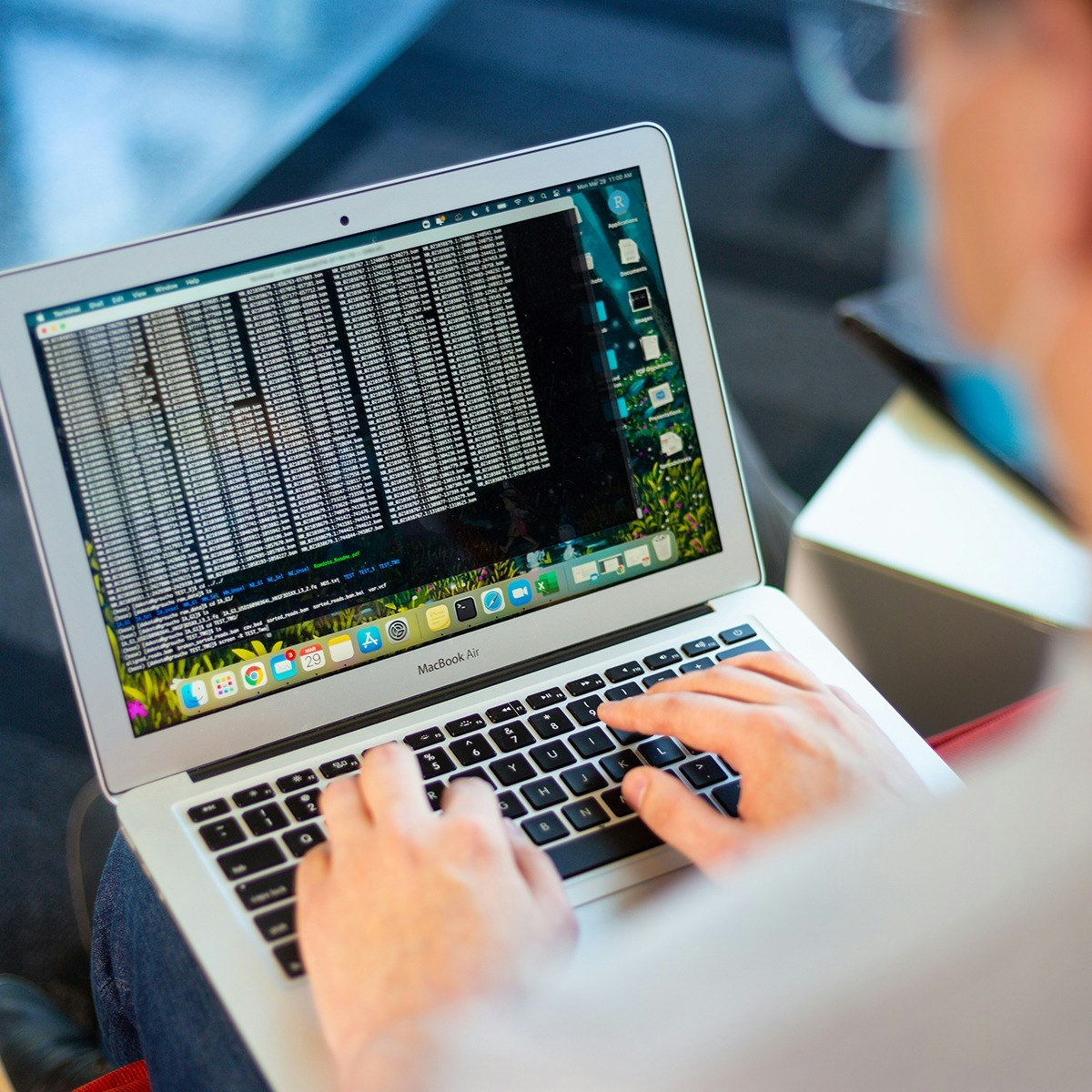
In this course, you will explore the several types of hardware components installed in computers and peripherals. The course also offers a detailed exploration of these components and their function as part of the computer and peripheral hardware. The career skills acquired in this course will begin your journey into information technology.
At the end of the course, you will be able to:
- Identify basic cable types and their connectors, features, and purposes.
- Demonstrate knowledge of several types of memory and their installation.
- Categorize and install diverse types of storage devices.
Read more
In this course, you will explore the several types of hardware components installed in computers and peripherals. The course also offers a detailed exploration of these components and their function as part of the computer and peripheral hardware. The career skills acquired in this course will begin your journey into information technology.
At the end of the course, you will be able to:
- Identify basic cable types and their connectors, features, and purposes.
- Demonstrate knowledge of several types of memory and their installation.
- Categorize and install diverse types of storage devices.
In this course, you will explore the several types of hardware components installed in computers and peripherals. The course also offers a detailed exploration of these components and their function as part of the computer and peripheral hardware. The career skills acquired in this course will begin your journey into information technology.
At the end of the course, you will be able to:
- Identify basic cable types and their connectors, features, and purposes.
- Demonstrate knowledge of several types of memory and their installation.
- Categorize and install diverse types of storage devices.
- Explain and configure motherboards, central processing units (CPUs), and add-on cards.
- Apply electronic principles and their relationship to the power supply.
- Explain the components and operation of multifunction devices/printers and settings.
Software requirements: CPU-Z (https://www.cpuid.com/softwares/cpu-z.html)
What's inside
Syllabus
Module 1: Motherboards/Ports and Cables
Welcome to Computer and Peripheral Hardware! In this course, we will cover the topics of: Motherboards/Ports and Cables, CPU and Power Supply, and Computer Storage. This module explores the basic components of the motherboard and its external ports. It examines omnibuses (or buses) in a computer that transfers data between components of the system. It also investigates types of computer storage.
Read more
Syllabus
Good to know
Save this course
Activities
Read 'Computer Architecture: A Quantitative Approach' by Hennessy and Patterson
Show steps
Delve into a comprehensive textbook to gain a deeper understanding of computer hardware architecture and its principles.
View
Computer Architecture: A Quantitative Approach...
on Amazon
Show steps
-
Obtain a copy of the recommended textbook.
-
Read and study the chapters relevant to the course topics.
-
Complete the practice exercises and review questions to test your comprehension.
Show all one activities
Read 'Computer Architecture: A Quantitative Approach' by Hennessy and Patterson
Show steps
Delve into a comprehensive textbook to gain a deeper understanding of computer hardware architecture and its principles.
View
Computer Architecture: A Quantitative Approach...
on Amazon
Show steps
- Obtain a copy of the recommended textbook.
- Read and study the chapters relevant to the course topics.
- Complete the practice exercises and review questions to test your comprehension.
Career center
Computer Hardware Engineer
Computer Technician
Network Administrator
Information Technology Specialist
Computer Programmer
Web Developer
Database Administrator
Systems Analyst
Project Manager
Business Analyst
Quality Assurance Analyst
Technical Writer
Sales Engineer
Customer Service Representative
Data Entry Clerk
Reading list
Share
Similar courses
OpenCourser helps millions of learners each year. People visit us to learn workspace skills, ace their exams, and nurture their curiosity.
Our extensive catalog contains over 50,000 courses and twice as many books. Browse by search, by topic, or even by career interests. We'll match you to the right resources quickly.
Find this site helpful? Tell a friend about us.
We're supported by our community of learners. When you purchase or subscribe to courses and programs or purchase books, we may earn a commission from our partners.
Your purchases help us maintain our catalog and keep our servers humming without ads.
Thank you for supporting OpenCourser.



